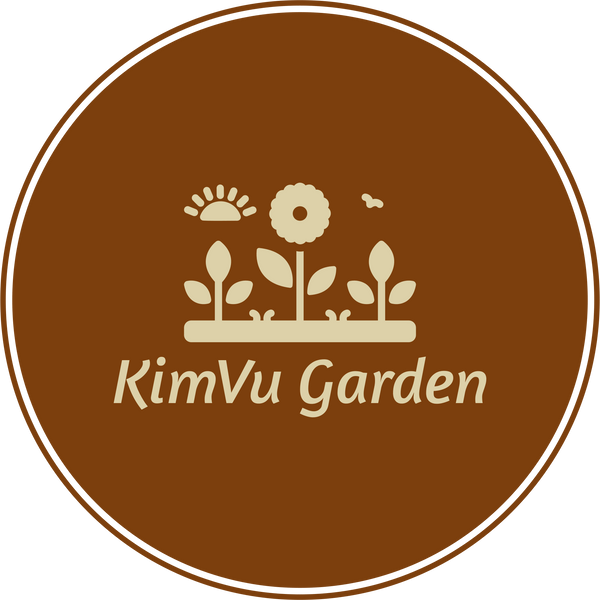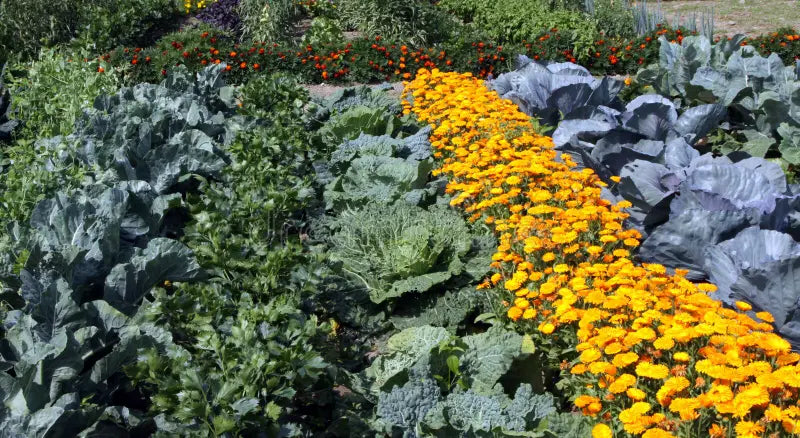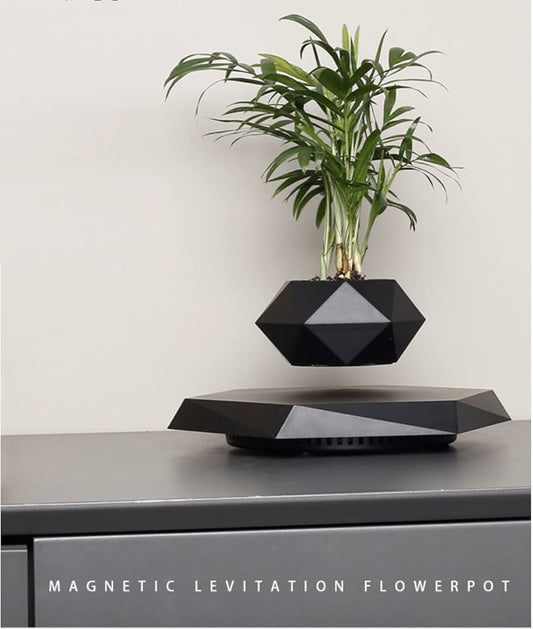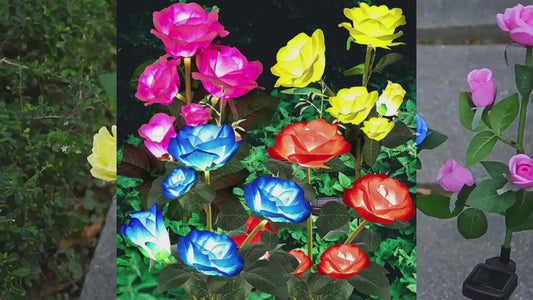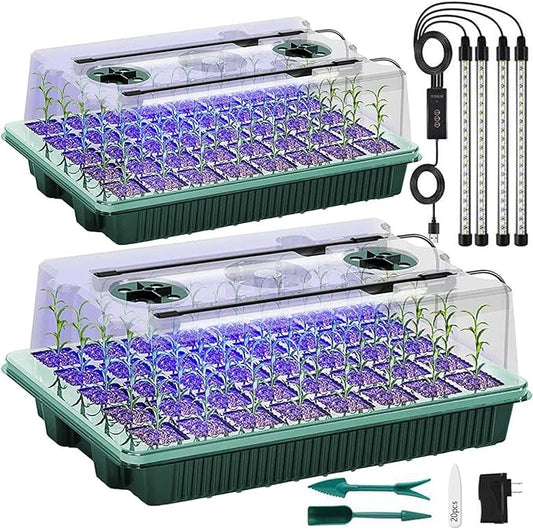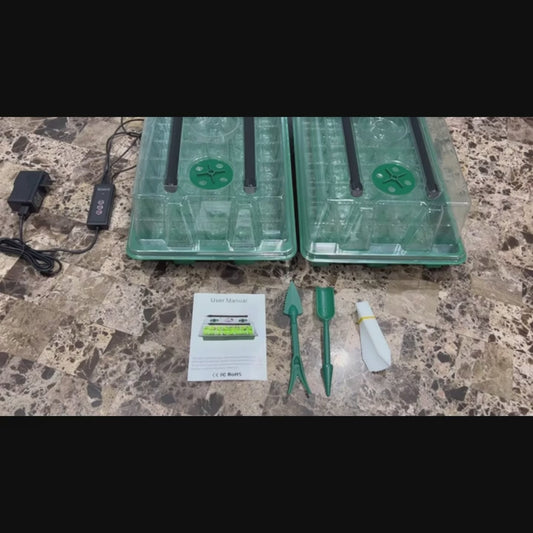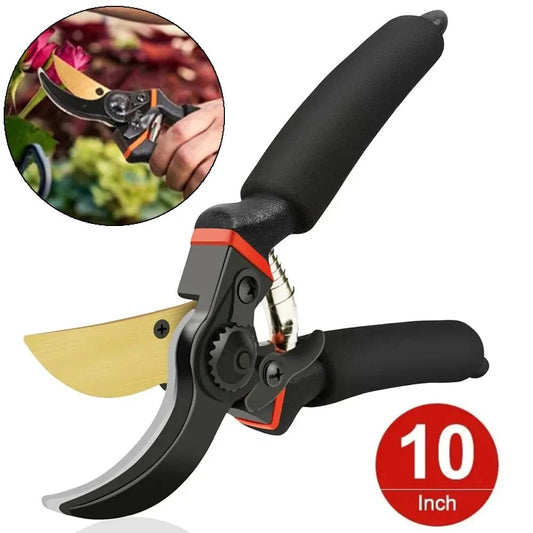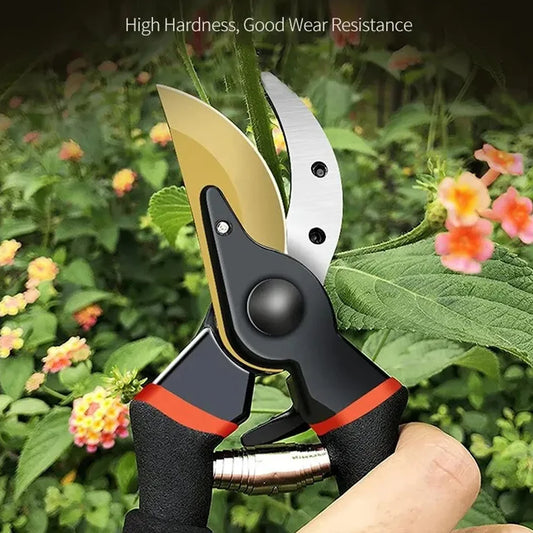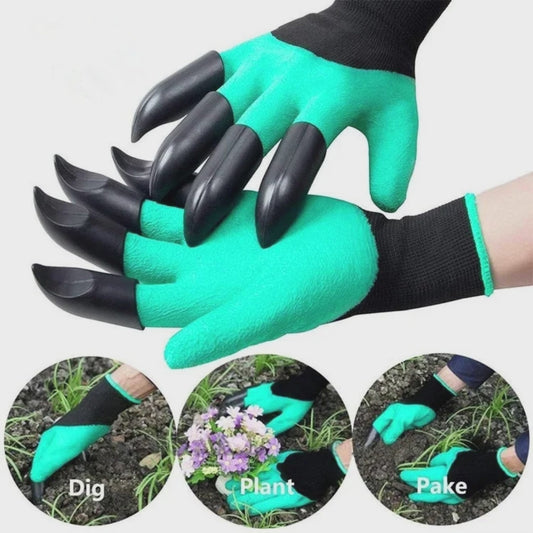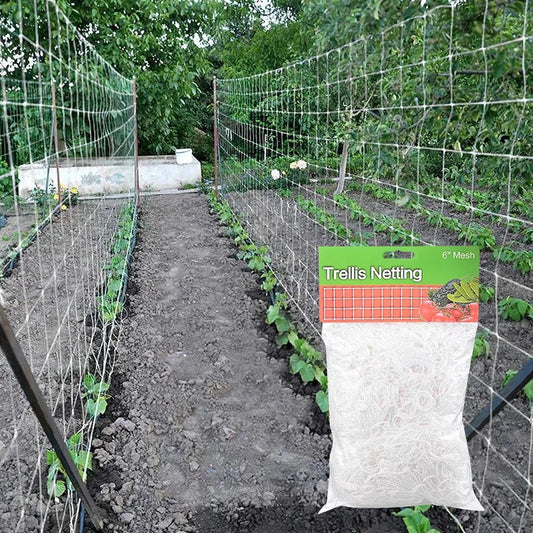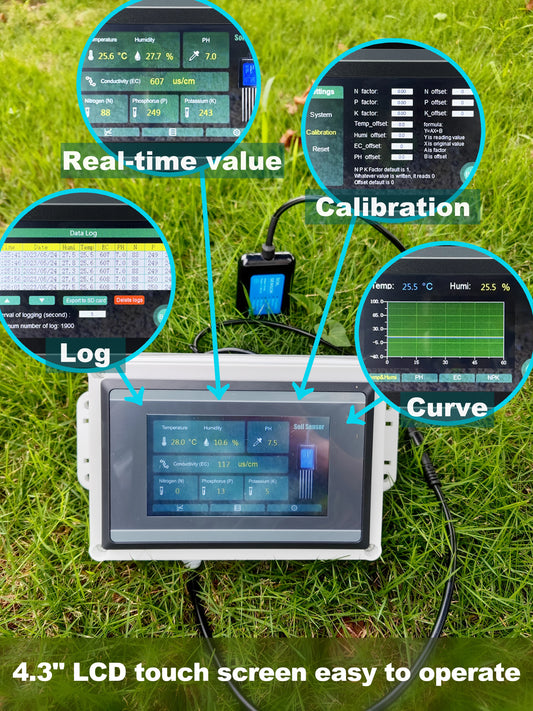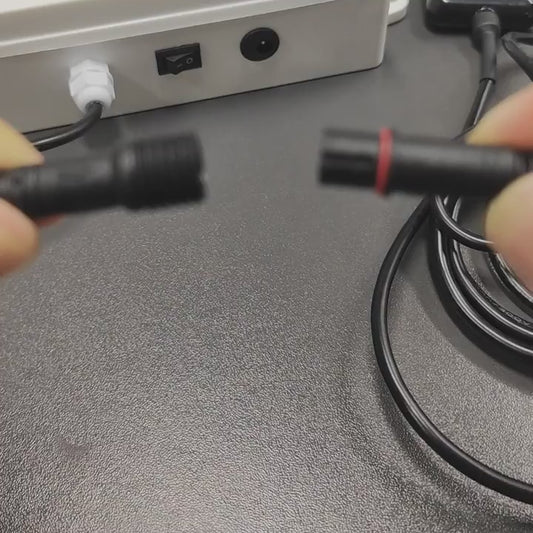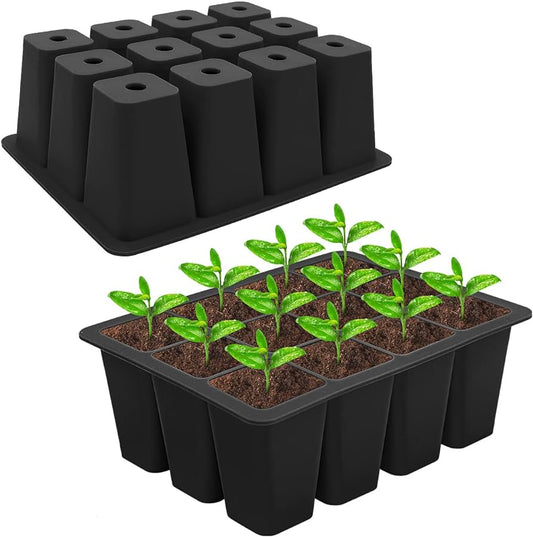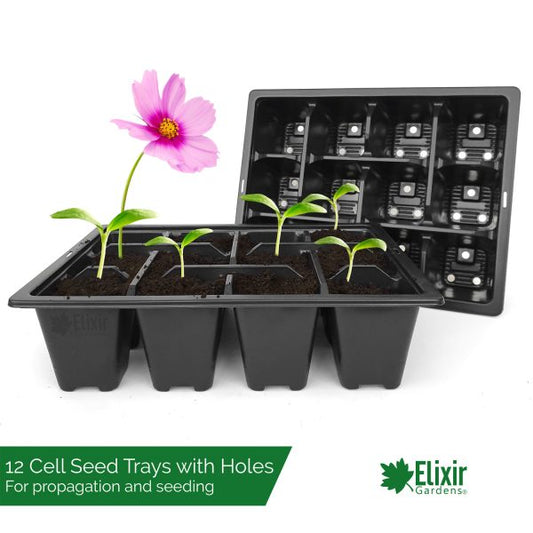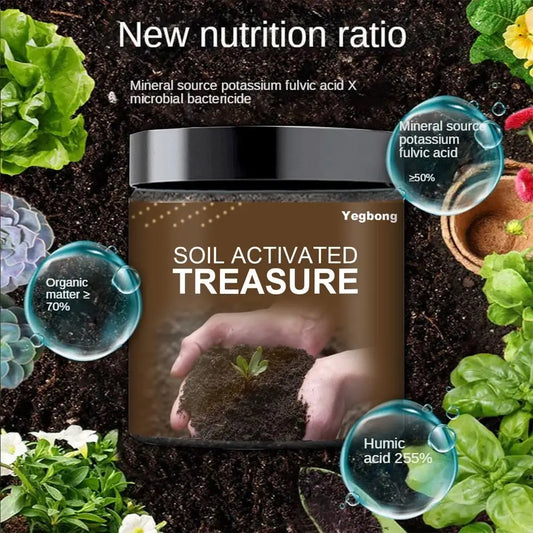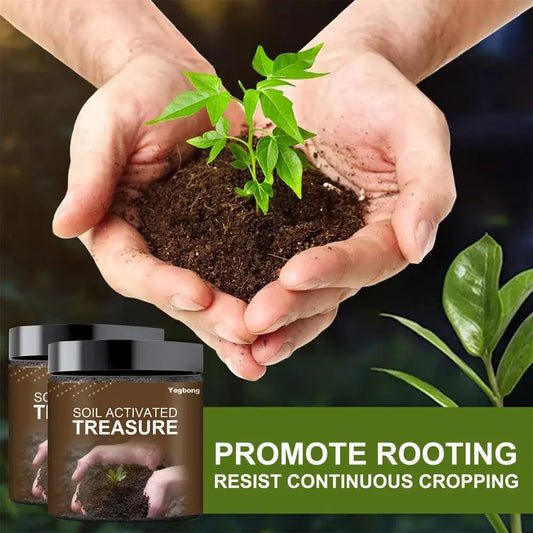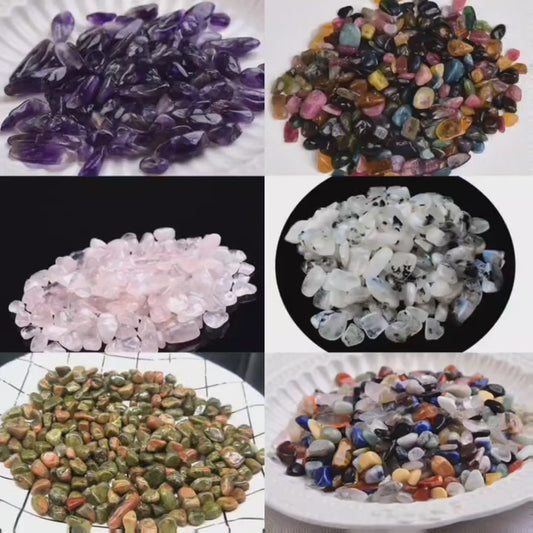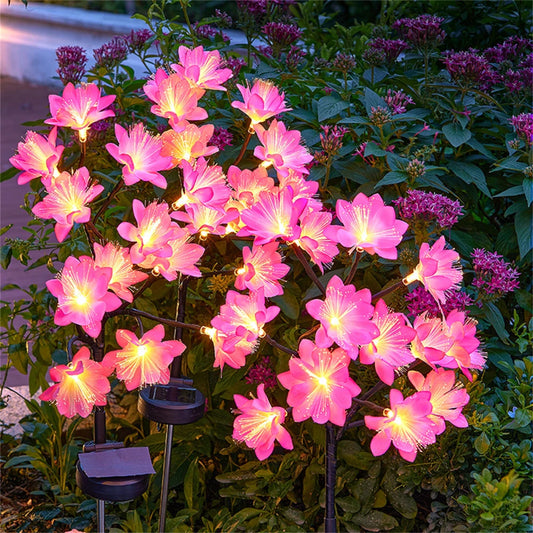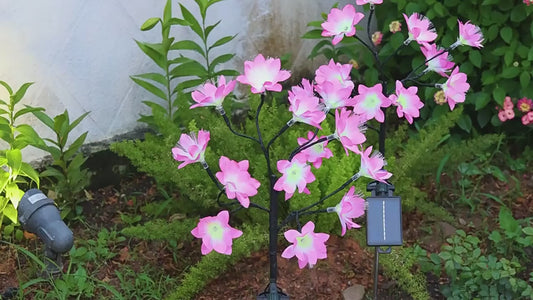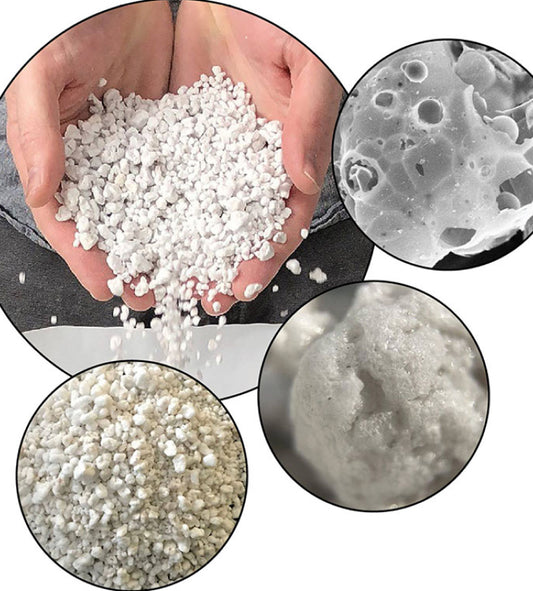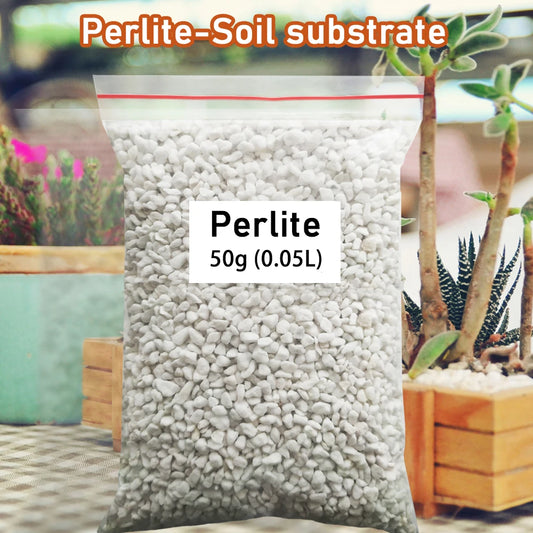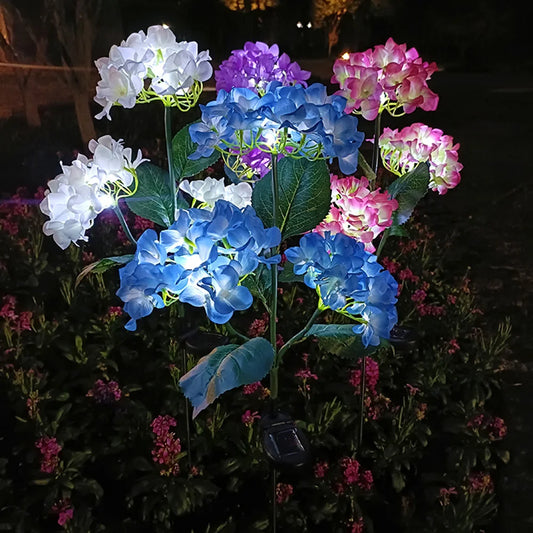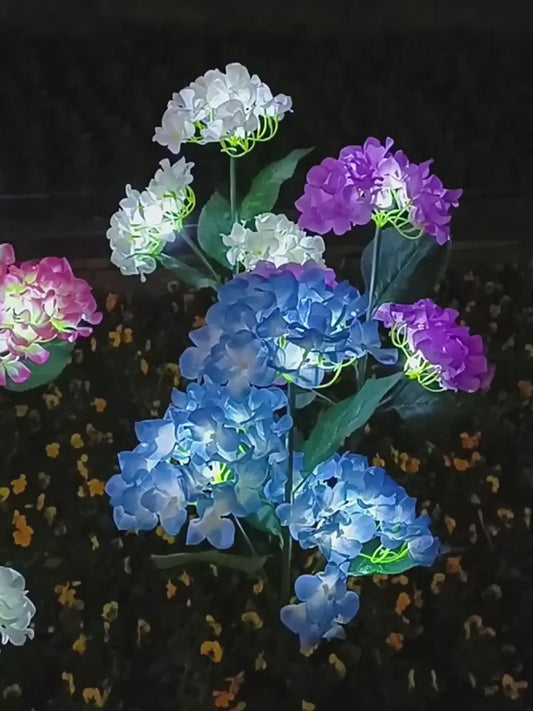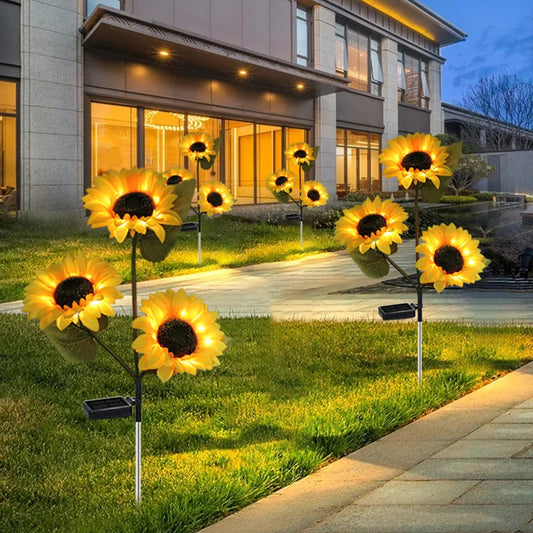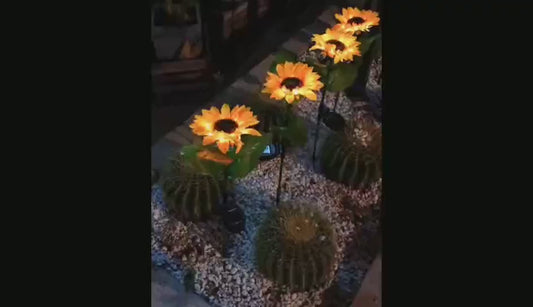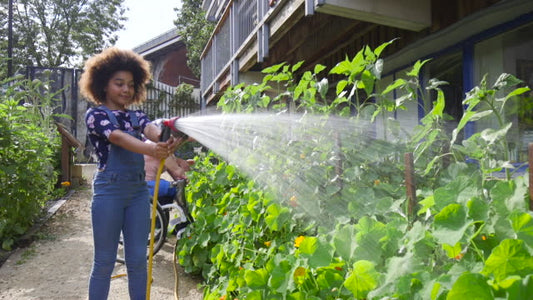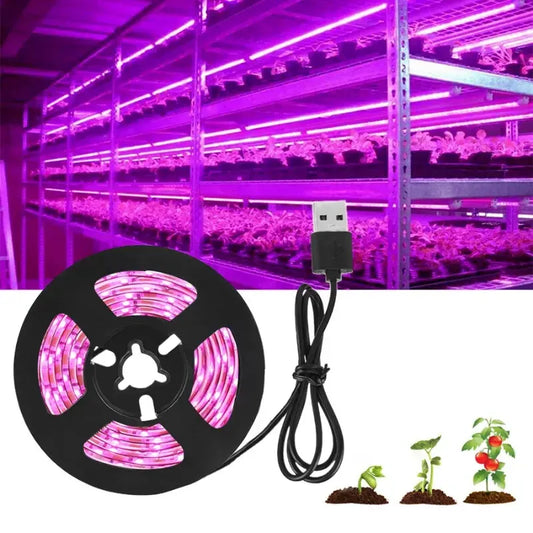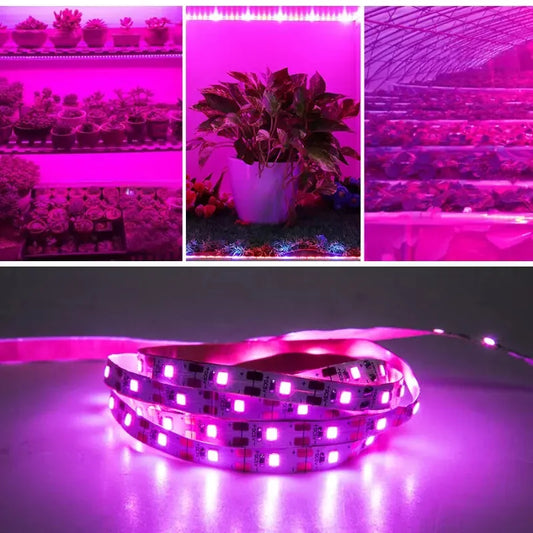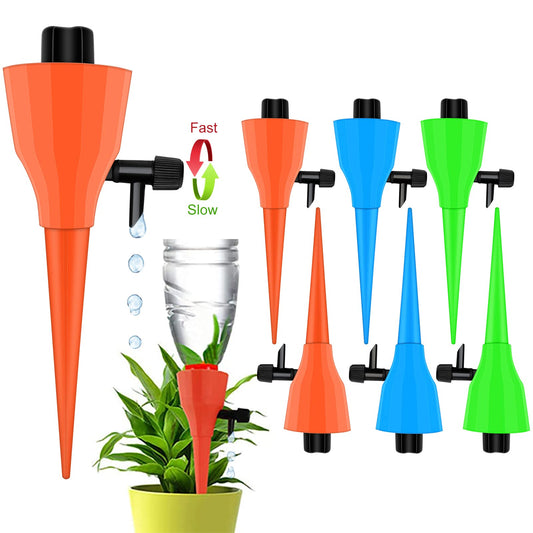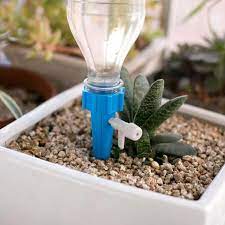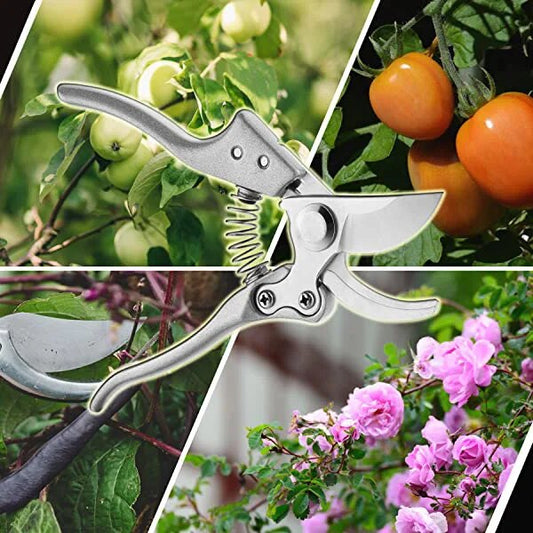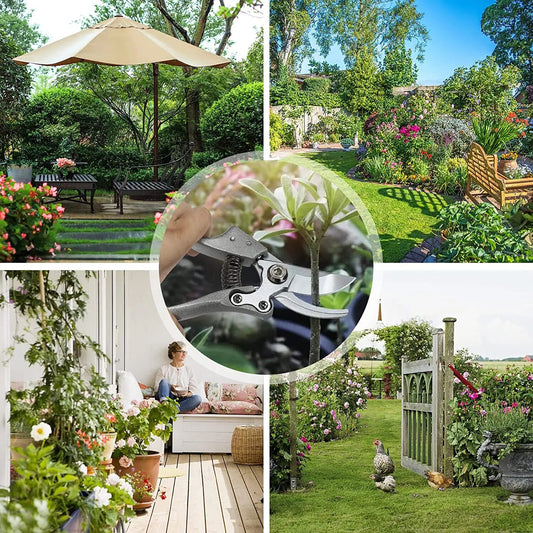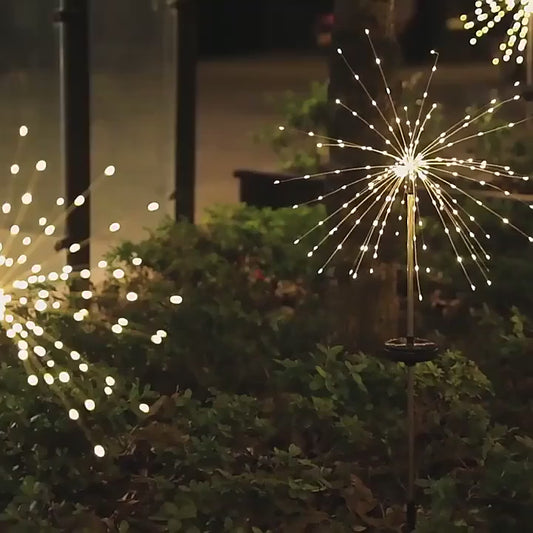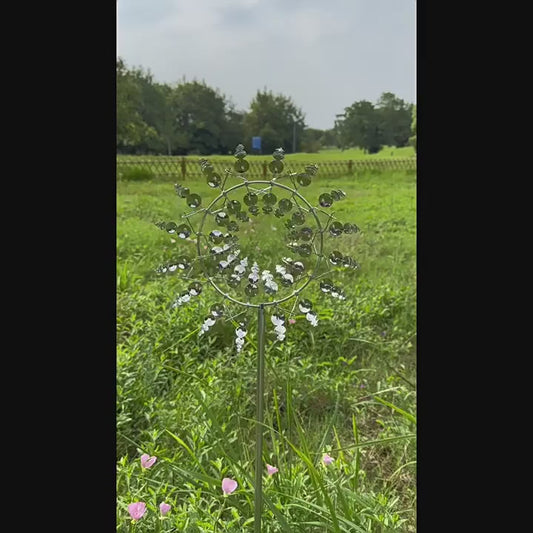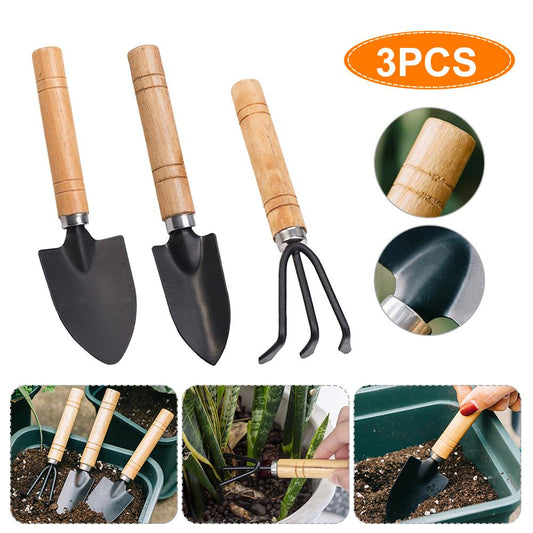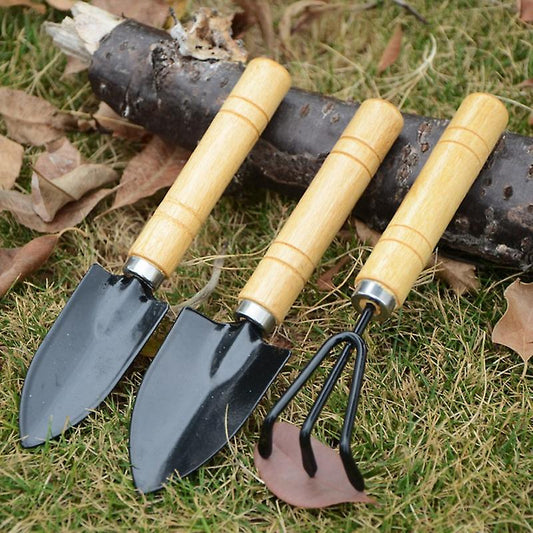- Keep the garden clean: Remove fallen leaves, debris, and weeds from the garden to eliminate hiding places for pests.
- Crop rotation and plant diversity: Arrange crops strategically to take advantage of positive interactions between them. For example, planting flowers may attract beneficial insects and deter pests from vegetables.
- Use organic fertilizers: Using organic fertilizers improves soil quality and plant resistance, reducing the risk of pest infestation.
- Utilize mulching: Mulch the soil with dry grass, tree bark, or mulch to retain moisture, suppress weed growth, and reduce the risk of pest infestation.
- Use natural insecticides: Use natural insecticides such as garlic oil, pepper spray, or rice water on plant leaves to repel pests.
- Attract beneficial insects: Plant companion plants that attract beneficial insects such as wildflowers, clover, or bee-friendly flowers to help control pests.
- Regular inspection: Perform regular inspections to detect early signs of pests and take timely action.
- Work with nature: Create conditions for natural ecosystems to thrive by providing adequate water and sunlight, avoiding the use of harmful chemicals.

- Remember to be patient and consistent in implementing these measures to achieve the best results in pest prevention for your garden.
- Furthermore, intercropping is also an excellent method for preventing pest infestations, promoting the health and harmony of flowers and plants.
- Below are some ways to intercrop flowers and vegetables to achieve the highest effectiveness in pest prevention:

- Choose suitable flower types: Plant flowers with strong fragrances and vibrant colors to attract beneficial insects such as bees and butterflies. Flowers like marigolds, cornflowers, clover, and phacelia can attract beneficial insects.
- Intercrop flowers around vegetables: Plant flowers around the vegetable garden to create a natural protective barrier. Flowers like daisies, wildflowers, and sunflowers can create a favorable environment for beneficial insects to thrive and help eliminate pests.
- Intercrop insect-attracting plants between vegetable rows: Plant insect-attracting plants such as sweet alyssum, buckwheat, or clover between vegetable rows to attract insects that prey on pests and help control pest populations.
- Interplant flowers and vegetables together in the same area: Growing flowers and vegetables in the same area creates a diverse biological environment, attracting beneficial insects and reducing the risk of pest infestation.
- Use flowers to cover the ground: Plant flowers like marigolds, calendula, or clover to cover the ground between vegetable rows. This not only helps retain soil moisture but also creates a favorable environment for beneficial insects.

Intercropping flowers and vegetables is a natural and effective method for pest prevention in your garden, while also creating a healthy living environment for plants and beneficial insects.
